Farland Saga (ファーランドサーガ), released 1/29/1998, developed and released by TGL
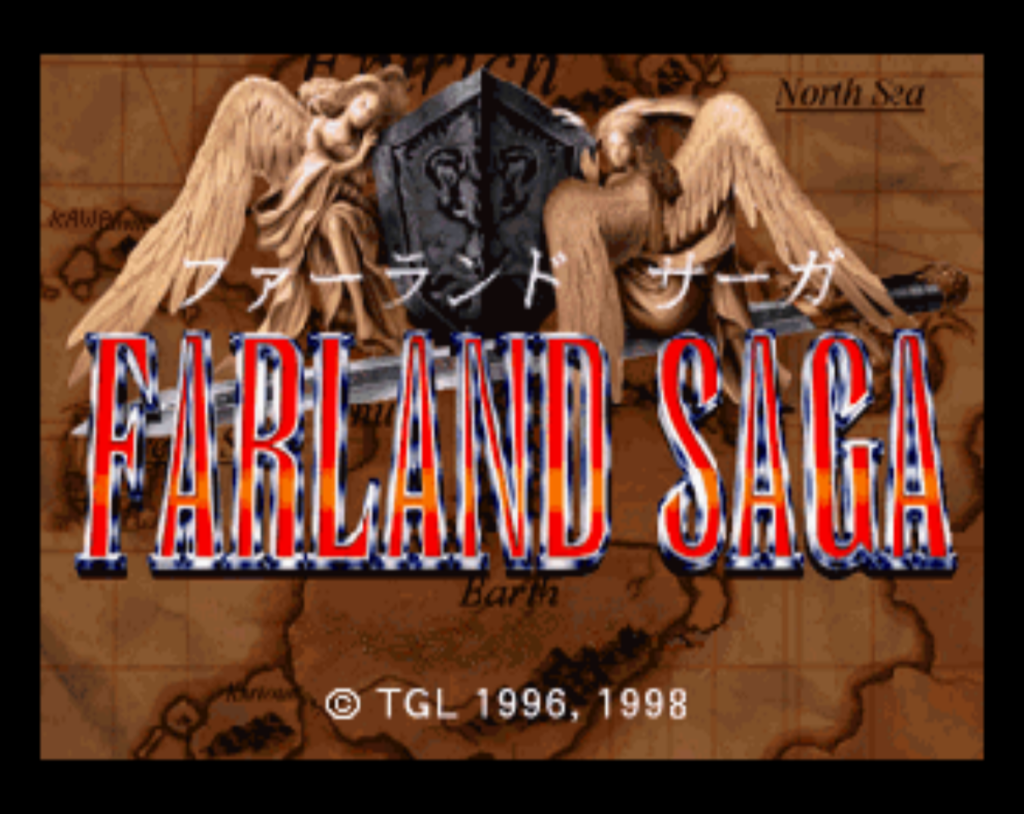
I gave a basic introduction to TGL’s Farland Series in a previous post, and I have played the first two Farland Story games. This game was released very soon after the eight Farland Story games, and ported to the Saturn two years later.
This game is essentially the same as the previous ones but it makes two changes that address some of the biggest problems I had with the first games. The maps are a bit smaller but more importantly you don’t start so far away from the enemies, so you don’t waste half the playing time just moving your characters. Second, characters now do get new spells and powers when they level up, and the differences between characters are more than just “do they have a 1 or 2 attack range”.
Despite that, this is still a relatively bad game. One of the biggest problems that is probably unique to the Saturn port is how slowly the game plays. The load times are very long, and the enemy turns take forever. Possibly because of the limitations of the laptop I use to play these games, it’s basically impossible to use emulation speedup so this is a much bigger concern than when I play the Playstation games.
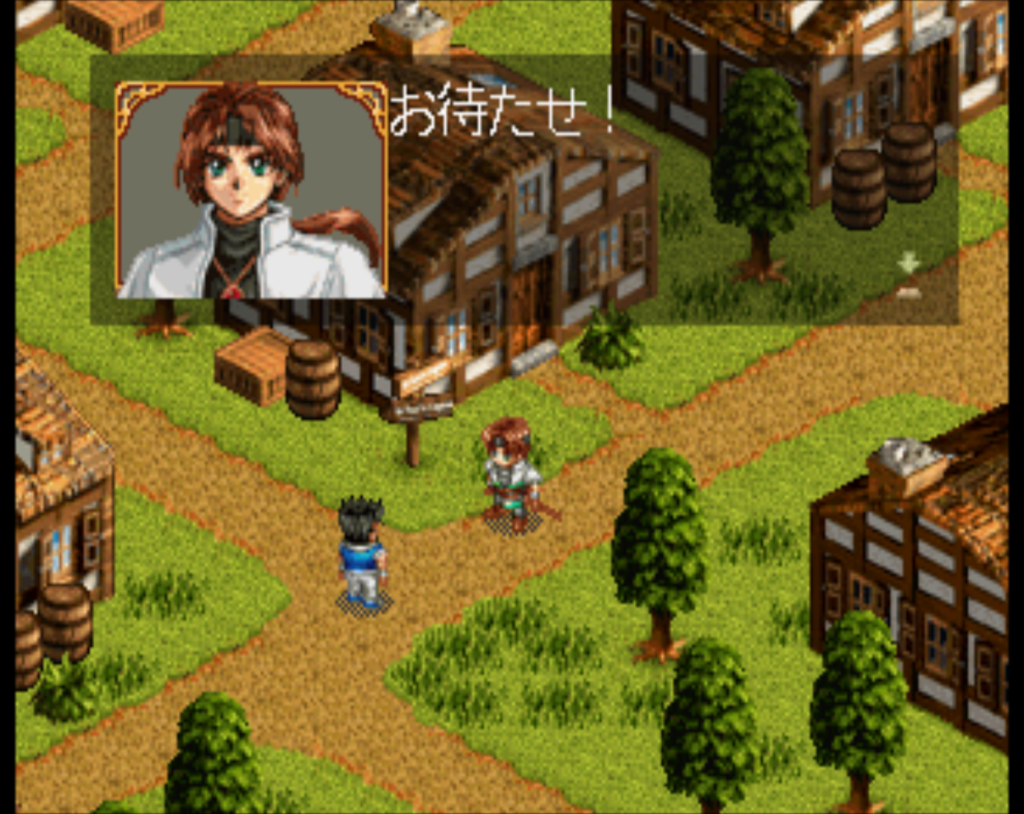
One other major problem with the game is that it’s now done in this 3/4 view, but you cannot rotate the camera. You can see from above that there are a lot of obstacles on the map, and it’s very easy to lose track of units or monsters that are behind obstacles, especially since there is no way to see who has not moved yet. More than once I figured out that I had forgotten about one of my characters because I couldn’t see them behind a tree, or forgot that a monster was on the screen. The only reason it works at all is that you can bring up an overhead map to see everyone’s positions.
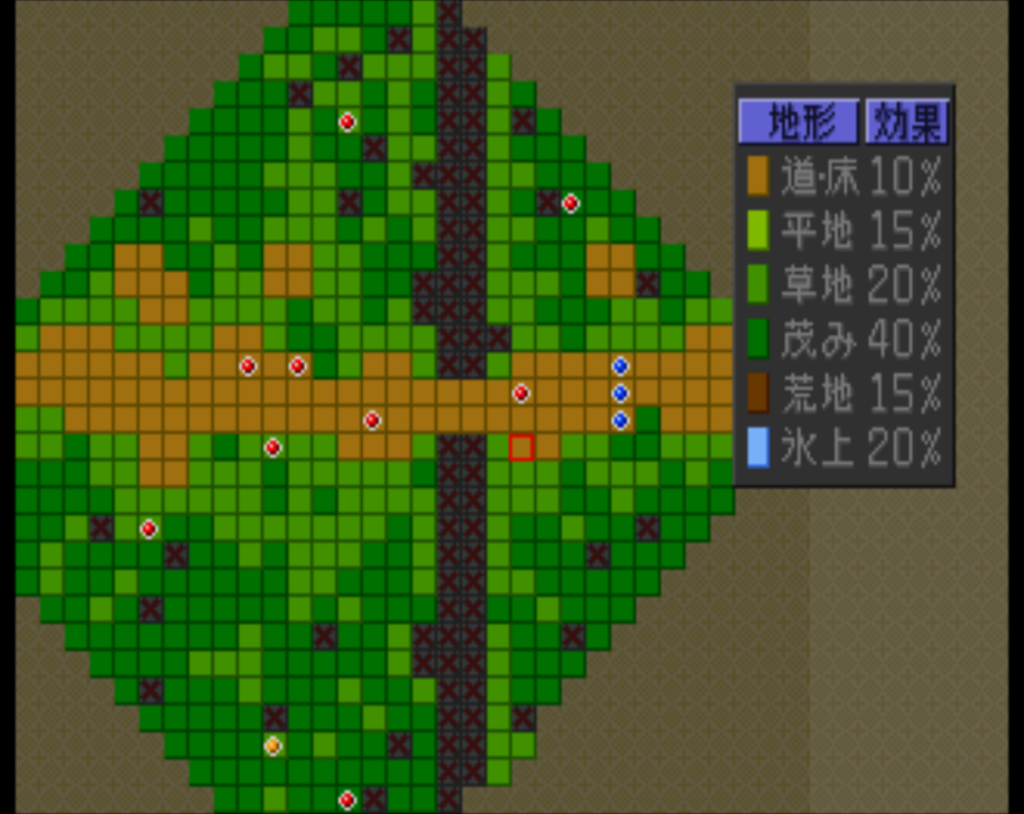
Beyond the characters getting lost behind things, it’s also often very difficult to see where you can actually walk, or where the enemy units are in relation to your own guys. I often had to bring up the overhead map just to see what move I needed to make or to figure out why I wasn’t able to attack an enemy I thought I should be able to. The fact that you can’t move past your own allies is another annoyance.

The interface is another lazy annoyance. There is no between-stages part, so all equipment transferring, equipping, etc has to be done in battles. It probably won’t come as a surprise that there is no way to see whether one piece of equipment is better than the one you already have without manually checking.
The shop is another travesty — after every few stages you just get taken to a shop with no story reason for it, and you have only that one chance to buy things (if you accidentally press X you move on to the next stage). It also will probably not come as a surprise that it doesn’t show who can equip what or what the stats are, and all the equipment and items are in one long list that scrolls very slowly. Often when a shop came up I took that as a sign to quit for that session because I couldn’t face doing the equipment buying.
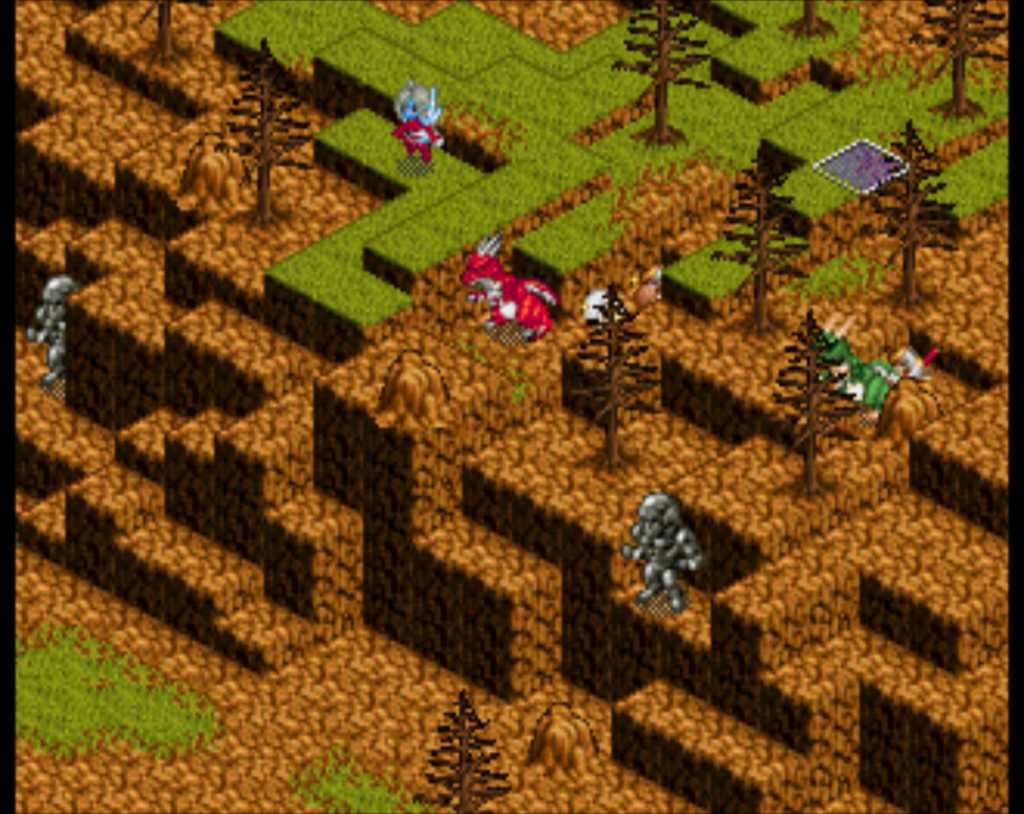
The system involves height and facing this time. The height part is a little bit half-assed though because it doesn’t affect missile weapons or spells at all. The obstacles also don’t block them at all — the sticks and spears that hit multiple targets can go through walls and trees.
Spellcasters recover a bit of MP per round so this allows for more spellcasting, although the most expensive spells will require some MP restore items to be able to use them well. They also grow in effectiveness as you level, which is nice.
Another big problem about the system is that the effect of a difference in levels, so that lower leveled characters are often ineffective in battle. This is coupled with the annoying system that grants XP based on how much damage you did, which makes it very hard for the behind characters to catch up.
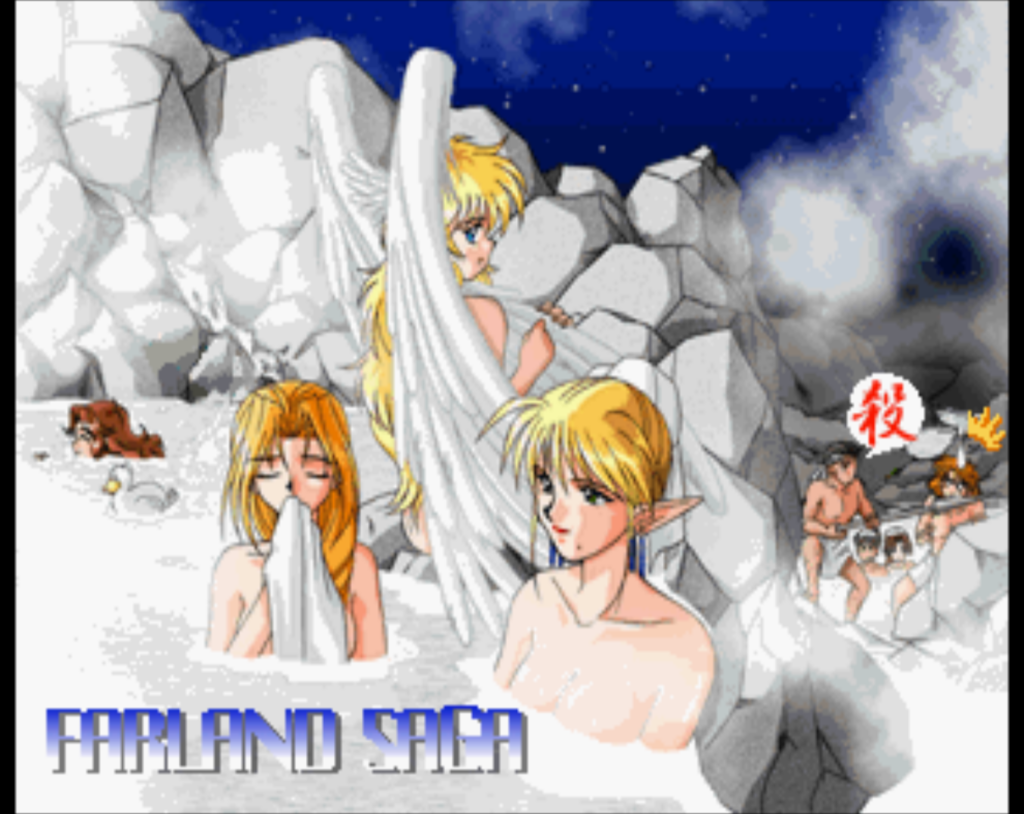
The game has 25 main stages, and then after the credits roll you can load your save to play another 25 stages. While there is some story in that part, 20 of the 25 stages are just different floors of a tower, and I considered the game beaten when I had just done the first part.
The story is the best part of the game — it’s not great, but it’s entertaining enough and all the dialogue is voiced by well known (at least in 1998) voice actors.
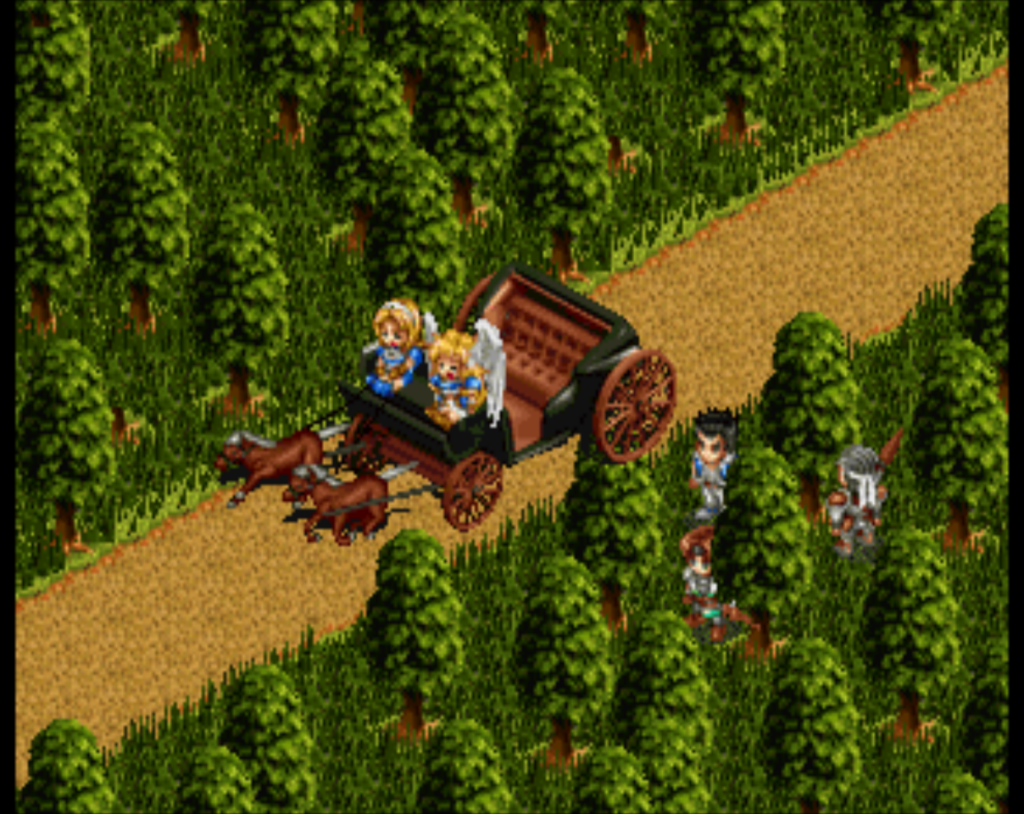
The game takes place on a (large) island where there are two different kingdoms, Yohk and Barth. The two kingdoms have been in a long war that has recently concluded with peace. In addition, there is a land across the mountains called Thulk, which is home to the “mazoku” (demon/vampire/etc) species that is distrusted by both human kingdoms. Recently someone named Avi has appeared in Thulk and pushed for Thulk to be an actual recognized country, and he has worked to make peace with both Yohk and Barth. The game begins in southern Barth with a young man Leon and his friend Ralf, who have both lost their parents and are in the care of Brian, who used to be a knight in the service of the court.
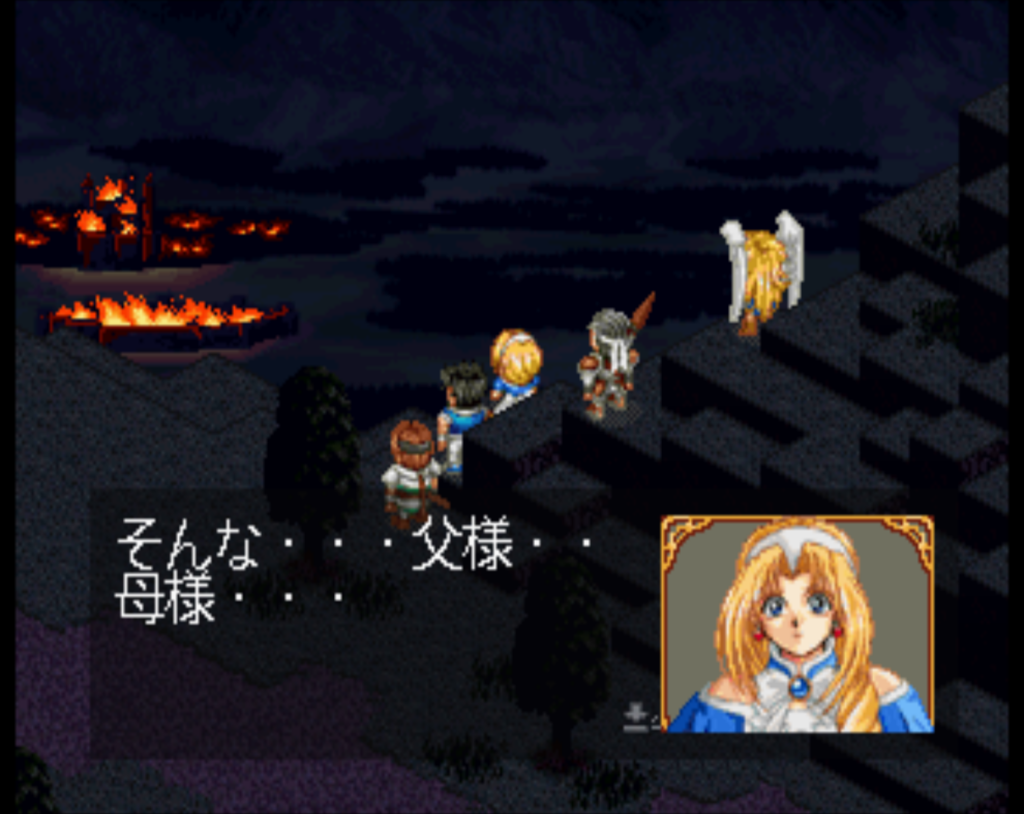
They head to the capital, and there Avi is murdered, with the blame being put on the princess of Barth, named Fam. The mazoku use this as justification to destroy the capital, killing the king and queen, and sending Fam and the other characters into exile. The party then heads north to Yohk to inform them of the impending mazoku attack.
The story develops decently and has some interesting twists, but on the whole it’s not worth suffering through the bad gameplay and sluggishness to experience it. I can’t recommend this game at all. Unfortunately we have one more Farland game (later in 1998) but then the series will be over (at least as far as the console ports).
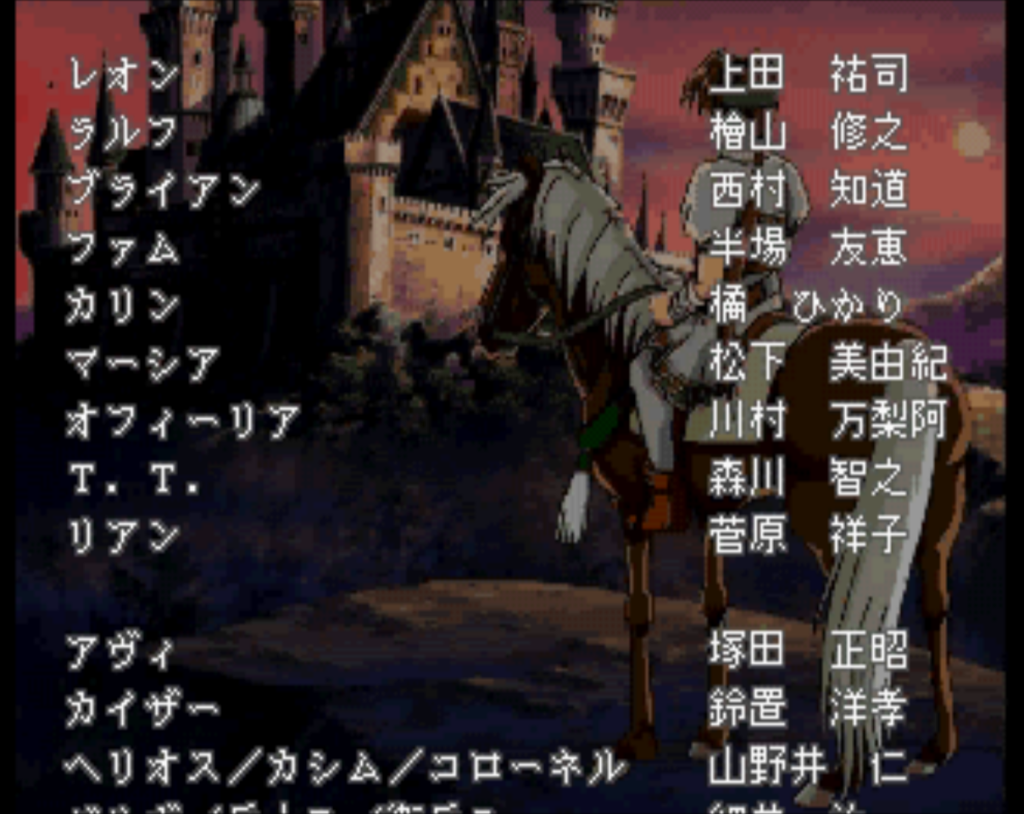
I chose randomly for the next game, and it landed on Elminage Original for the PSP. This is a port of a DS game that was ported from PS2. It’s a “blobber” first-person dungeon explorer, but it seems very close to Wizardry in its whole style and gameplay. Since I recently played a Wizardry game (Gaiden 4), I decided instead to try out Sekaiju no Meikyuu (Etrian Odyssey) for the DS — a game in the same genre that I’ve wanted to try for a while. So that will be next week’s post.
A lot of your criticisms for this game seem like they derive from the Tactics Ogre influence — a game which was one of the worst things to happen to the genre if you ask me. For a game to be shitty is one thing; Langrisser Re:Incarnation Tensei, Chaos Wars, and Tenchi Muyo Game Hen are shitty games. But to be a shitty game which inexplicably gains unwarranted popularity and influence is another thing entirely. Games like Farland Saga are illustrative of how disastrous Tactics Ogre was for the genre.
> One other major problem with the game is that it’s now done in this 3/4 view, but you cannot rotate the camera
I had this same problem with FFT as well. Front Mission was the first isometric SRPG — or debatably, it’s Hiouden if that counts — but neither of these games had that problem because they had smaller sprites and no overhanging layer to clutter things up. It’s kind of remarkable that some games manage to screw up and make NEW mistakes, despite having a solid foundation of previous games from which to draw influence.
> all the equipment and items are in one long list that scrolls very slowly
Hmm. Where have I seen that before?
> Another big problem about the system is that the effect of a difference in levels, so that lower leveled characters are often ineffective in battle.
In fairness, a lot of RPGs are like this, but Tactics Ogre really amped this up to 11 and made for a horribly grindy experience comprised of playthroughs where you spend half the time in “training” sessions where your units beat up on each other, FF2 style. Let me also guess: Farland Saga has an obtuse damage calculation system, just like TO? How very engaging. DEFINITELY a far more strategic and mechanically satisfying system than the simplicity of FE or other games with straightforward damage formulae. Nah, FE is a SRPG series for babies, obviously — the Matsuno fanboys are totally right here.
> While there is some story in that part, 20 of the 25 stages are just different floors of a tower, and I considered the game beaten when I had just done the first part.
Oh, so basically a mini Hell Gate. AKA, pointless postgame padding which doesn’t add anything interesting to the game, but which fanboys can point to and say “herp herp REPLAY VALUE herp derp EXPANSIVE POST GAME herp derp.” Definitely a better alternative than… just having a more competently-designed core gameplay loop to begin with.
> The story develops decently and has some interesting twists, but on the whole it’s not worth suffering through the bad gameplay and sluggishness to experience it. I can’t recommend this game at all.
I 100% agree. I couldn’t have put it better myself. This is a spot-on, nail-on-the-head assessment of Tactics Ogre.
…What I find interesting is how I can read a review for any number of these uninspired Tactics Ogre clones (e.g. God Wars, Fell Seal, Mercenaries Saga, this game, Hoshigami), and I see people bringing up completely valid criticisms. But for whatever reason, Tactics Ogre and FFT are completely immune from these same criticisms — despite them being far clunkier and worse designed in many ways.
Sorry if I’m coming across as needlessly polemic, but I’m just completely over all the moronic Matsuno fanboys who bash on every SRPG not named “FFT” or “Tactics Ogre.” I’m sick of these blockheads dismissing competently-designed SRPGs like Fire Emblem, Regalia, Grand Guilds, Reverie Knights Tactics, and Lost Eidolons, just because they’re not Tactics Ogre. More people need to push back against this nonsense, and we need more indie SRPGs which actually have original ideas and refined systems.
I had a lot more fun with Tactics Ogre than I did with this game. Maybe I like the team building and class-tree aspect more. But I think I would have given up on TO without save states.